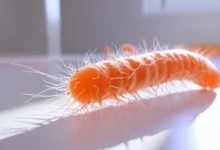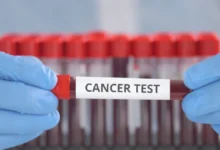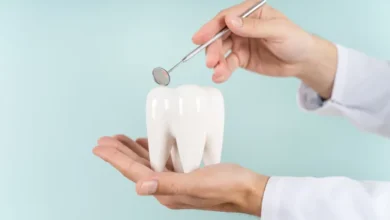Scientists Create LSD-Like Drug That Heals the Brain Without Causing Hallucinations
Healing Without Hallucination: A New Class of Brain-Regenerating Therapies for Schizophrenia
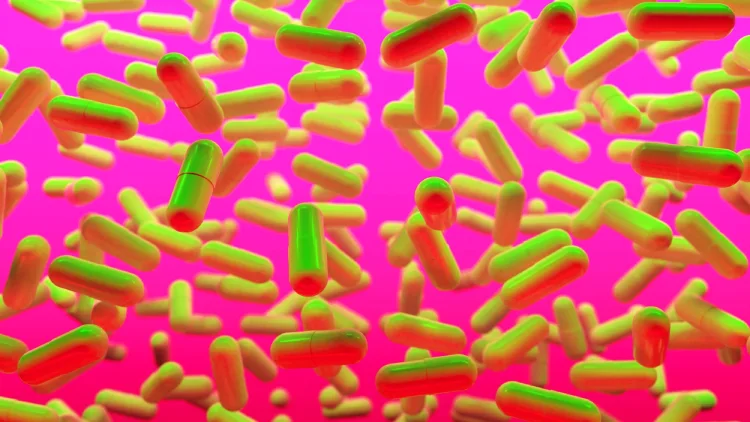
Psychedelics have long straddled the line between scientific curiosity and cultural taboo. Their potential to reshape the brain is well known—but so are their vivid, mind-bending side effects. For individuals with schizophrenia or a history of psychosis, that psychedelic intensity isn’t therapeutic—it’s dangerous. Now, researchers may have found a workaround with a new psychedelic therapy by tweaking LSD.
A team of researchers at the University of California, Davis has developed a new drug called JRT, which is chemically similar to LSD, the well-known psychedelic. But unlike LSD, JRT doesn’t cause hallucinations. It appears to stimulate brain repair without triggering hallucinations—offering a new tool for conditions that have long resisted effective treatment.
This breakthrough was recently published in the Proceedings of the National Academy of Sciences (PNAS).
The Challenge of Treating Schizophrenia’s Cognitive Core
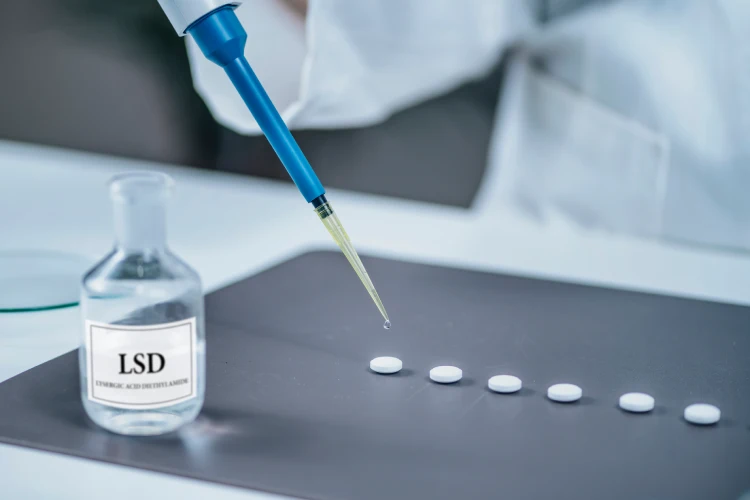
While standard antipsychotic drugs are effective in treating the “louder” symptoms of schizophrenia—hallucinations, delusional thinking, and jumbled speech, the more subtle impairments, such as lack of motivation, memory issues, and emotional flatness, persist.
Medications like clozapine may help a fraction of patients, but they bring significant side effects and are rarely used as first-line options.
There has been little progress in reversing the actual brain changes that accompany schizophrenia, particularly shrinking connections between neurons in the prefrontal cortex. That’s where JRT steps in.
The researchers achieved something strikingly simple yet powerful: they switched the position of two atoms in LSD’s molecular scaffold. This minor rearrangement gave birth to JRT—a molecule with nearly identical shape and weight but drastically different behavior in the brain.
To put it plainly, it’s like taking the engine of a race car and repurposing it for a hybrid sedan: you retain the performance engine, but leave behind the wild ride.
Neuroplasticity Without the High
JRT belongs to a class of molecules known as psychoplastogens—compounds that help neurons grow, reconnect, and adapt. But while most known psychoplastogens (like psilocybin or LSD) also activate brain regions tied to hallucinations, JRT was designed to avoid those pathways.
In lab tests, JRT boosted the growth of dendritic spines—tiny structures that enable neurons to communicate—by nearly 46%. These effects were concentrated in the prefrontal cortex, a brain area crucial for decision-making and mood regulation.
Anecdotally, one UC Davis researcher likened JRT to “a fertilizer for the brain’s communication highways,” minus the sensory detours.
So far, JRT has only been tested in mice—but the results are encouraging. In behavioral tests, mice treated with JRT showed reduced depression-like behavior and improved cognitive flexibility, without signs of the psychedelic-like behaviors typically triggered by LSD.
Most notably, JRT was about 100 times more potent than ketamine—a fast-acting antidepressant—in producing these therapeutic effects, and did so at significantly lower doses. It also did not ramp up the expression of genes associated with schizophrenia, a common problem with hallucinogenic compounds.
The Broader Promise of Non-Hallucinogenic Psychedelics
JRT isn’t just a one-off discovery—it’s part of a growing trend to divorce psychedelics from their hallucinatory effects. Researchers are increasingly interested in molecules that harness the regenerative and anti-inflammatory power of psychedelics, while avoiding the risks that come with altered perception.
This is especially important for psychiatric populations often excluded from clinical trials involving psychedelics, such as those with schizophrenia, bipolar disorder, or a strong family history of psychosis.
JRT is still far from pharmacy shelves. The compound took nearly five years and 12 separate chemical steps to synthesize. Researchers are now working to improve its manufacturability and are testing its effects in other disease models, including neurodegenerative conditions like Alzheimer’s.
Clinical trials in humans are still some distance away, but the foundational work opens the door for a new generation of precision psychedelic medicine.
[Source]

